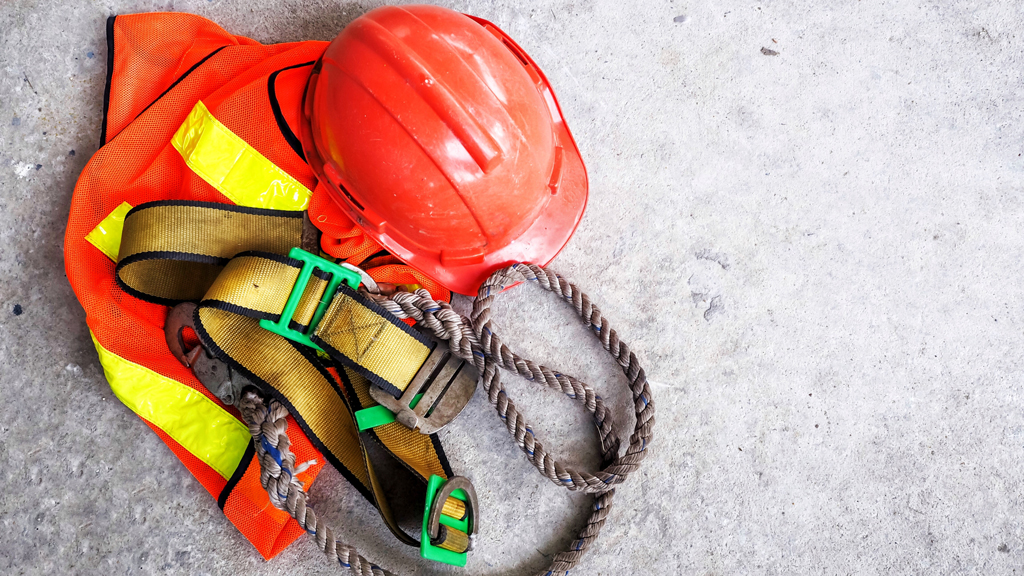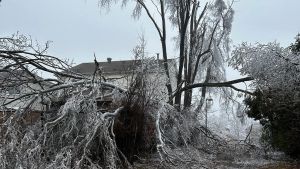An Institute for Work & Health (IWH) study has found worker injuries due to falls from heights declined after working at heights (WAH) training was made mandatory and standardized in the province of Ontario and construction workers maintained safer practices two years after training.
The study, published in the American Journal of Public Health, found in the three-year period since Ontario made the training mandatory, the rate of fall-from-height injuries leading to time off work fell by 19 per cent.
“The study sought to determine the extent to which the introduction, over 2015 to 2017, of the working at heights training standards in Ontario was associated with a reduction in falls from heights,” said IWH scientist Dr. Lynda Robson, who led the study.
“Combined with the original evaluation study results, this study provides evidence that the introduction of the WAH training standards improved WAH safety for workers on construction projects in Ontario.”
Robson added, “There are few studies of the effectiveness of mandatory training requirements so this study adds to the research knowledge base.”
According to a release, falls from heights are a leading cause of deaths and a major cause of traumatic injuries in the construction sector. In 2017, the province implemented mandatory working at heights training in response to a recommendation in the 2010 report of an expert advisory panel led by Tony Dean.
The panel was convened by the provincial government in the wake of the December 2009 swing-stage collapse, an incident in which four migrant workers fell from a swing stage and died.
“Although a 19 per cent drop may seem modest, previous research tells us that a reduction of this size would be considered typical of a well-planned training program,” said Robson.
“In our analysis, this reduction in injury rates amounts to four deaths and 320 lost-time injuries avoided during the three-year period after the change went into effect.”
The study was a follow-up, with the first part published in 2019. It followed up with 300 construction workers four weeks after taking mandatory WAH training in 2017 and compared lost-time injury rates between the three-year period before the training standard was first implemented (2012-14) and the three-year period after it came into full effect (2017-19), Robson explained.
It found workers continued to maintain fall protection practices two years after training.
“Together they evidenced that the training standards had worked as intended,” Robson said.
“It showed the new WAH training was widely implemented and was perceived by providers to be an improvement over the older training; most employers were complying to ensure affected workers were trained; increased WAH safety knowledge in learners; and improved learners’ self-reported WAH safety practices, measured four and seven weeks post-training, compared with before training.”
Furthermore, it showed in construction in Ontario, rates of fall-from-height lost-time workers’ compensation injury claims targeted by the training were 20 per cent lower in 2017 compared with 2012-2014 which was a bigger change than seen in the rates of two comparison types of injury claims, Robson noted.
The recent study followed up to determine maintenance of WAH safety knowledge two years following training; maintenance of self-reported WAH safety practices two years following training; and injury claims statistics for 2017 to 2019 compared with 2012 to 2014.
“Two years later, among the 300 workers who took the follow-up survey, those improvements in safety practices had not slipped or eroded even though knowledge had,” Robson explained.
“By two years post-training, learners had lost some of the WAH safety knowledge initially achieved through the training, though still knew more than before the training. By two years post-training, there was not a measurable decline in learners’ WAH safe work practices.”
Rates of fall-from-height lost-time workers’ compensation claims in construction in Ontario targeted by the training were 19 per cent lower in 2017-2019 compared with 2012-2014.
“In contrast, the rates of the two comparison types of injury claims either stayed the same or increased,” noted Robson. “Also in contrast, during the same time periods in construction in the remaining nine provinces, rates of the same type of fall-from-heights injury claims decreased by six per cent.”
Historically, the majority of fall-from-height fatalities in Ontario are from heights of six metres (or two storeys) or less and typically from a roof or ladder, Robson explained.
“People working in low-rise construction and choosing to not use fall protection equipment as they should, may be underestimating the risk of serious injury or death from a fall,” said Robson.
Training is one piece of the puzzle, she added.
“While training is an important component of controlling the risk of working at heights, the construction sector needs to look to additional solutions to continue to make progress on eliminating fall from height injuries, e.g. prevention through design, elevated working platforms, etc.,” Robson noted.
Follow the author on Twitter @DCN_Angela









Recent Comments
comments for this post are closed